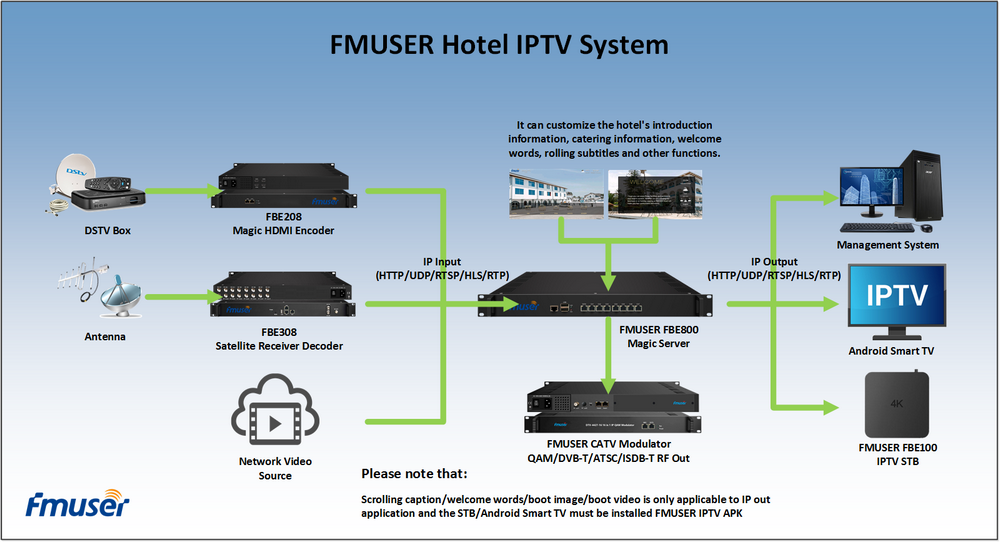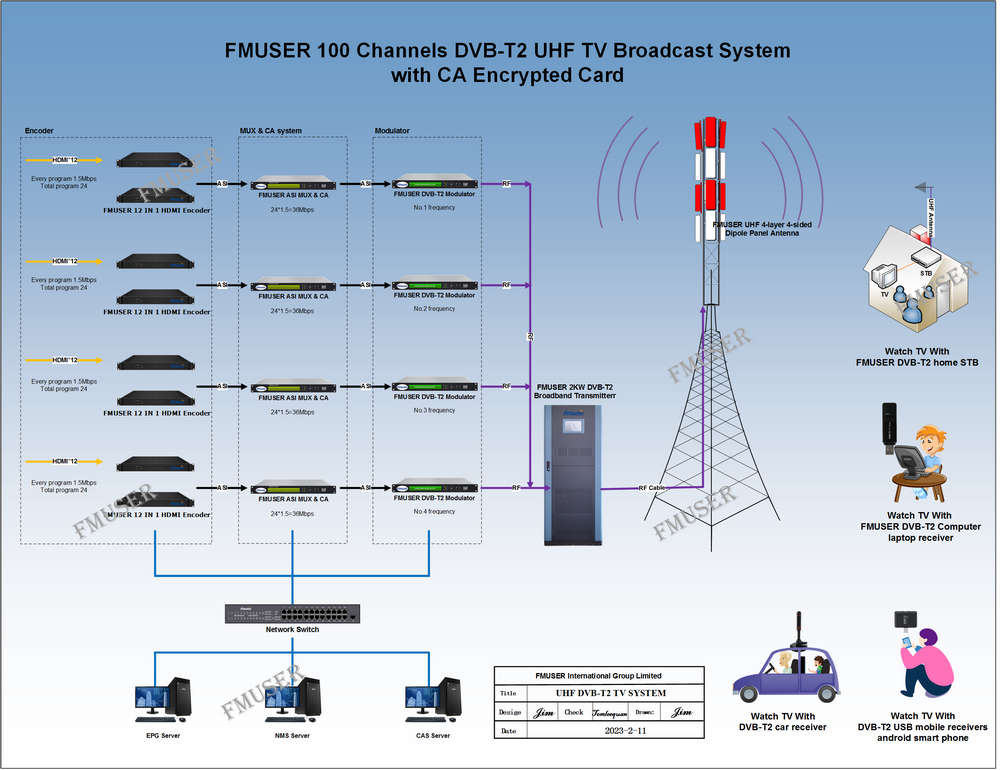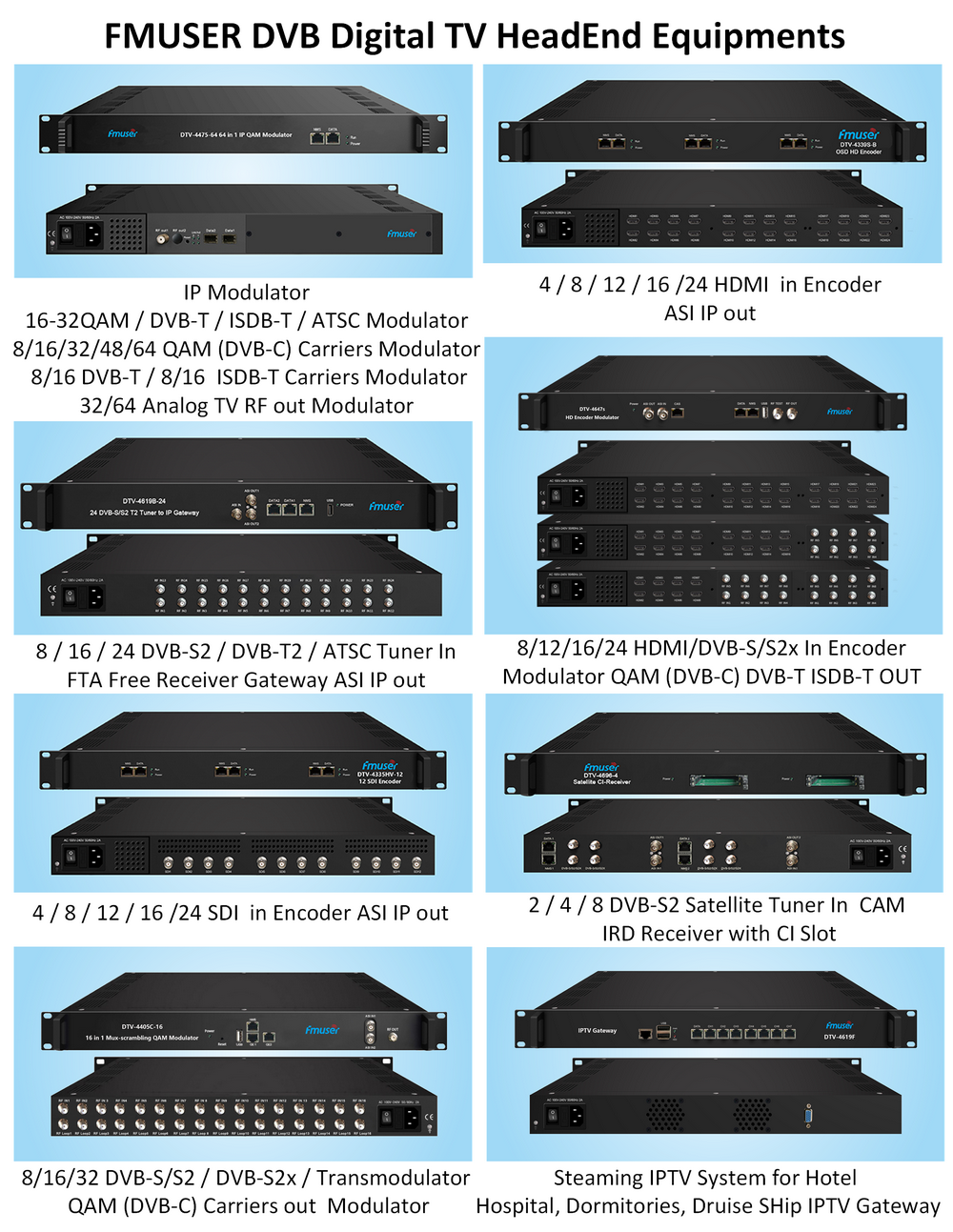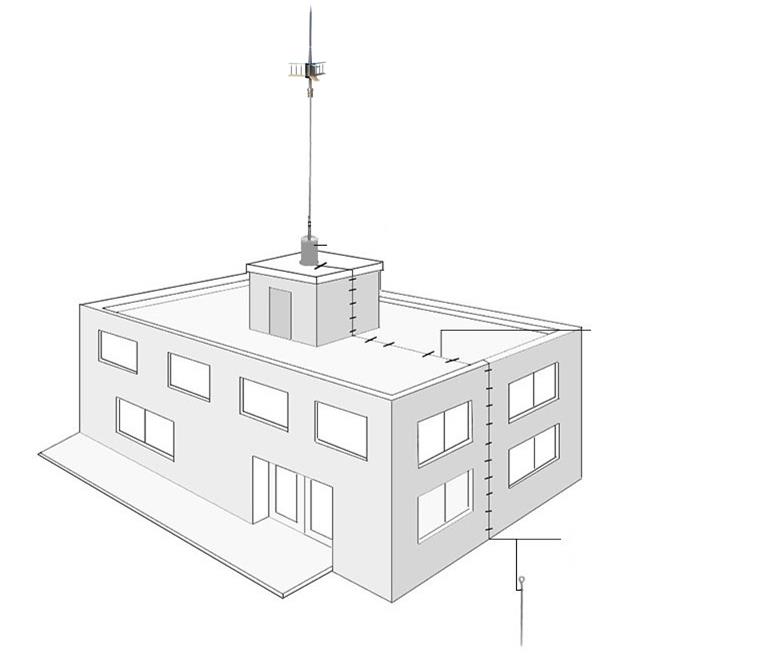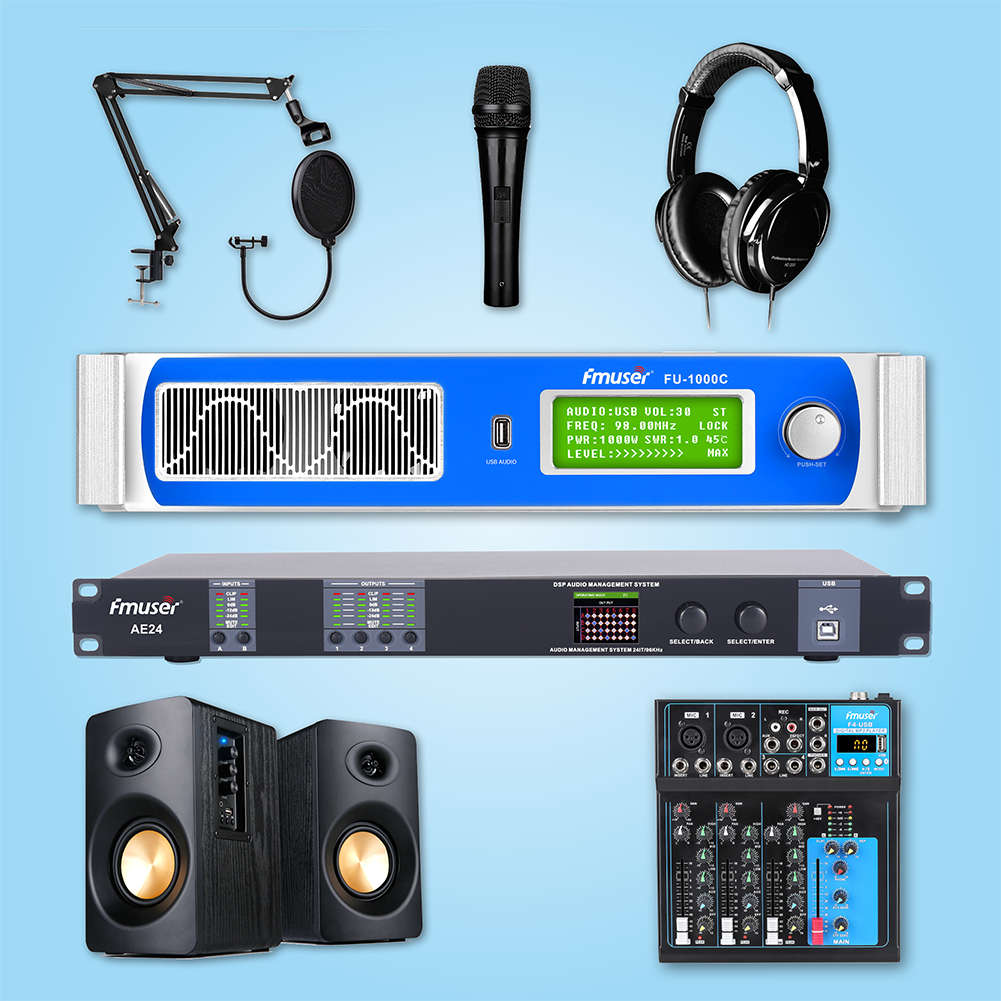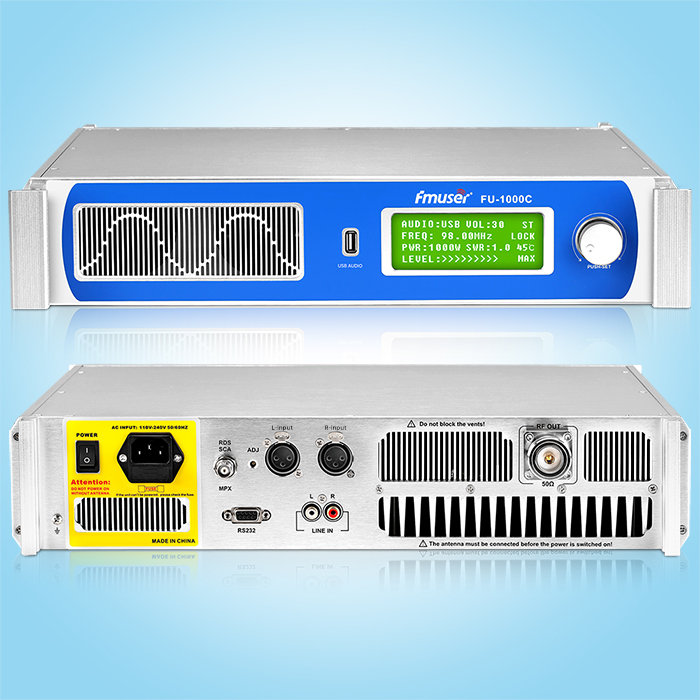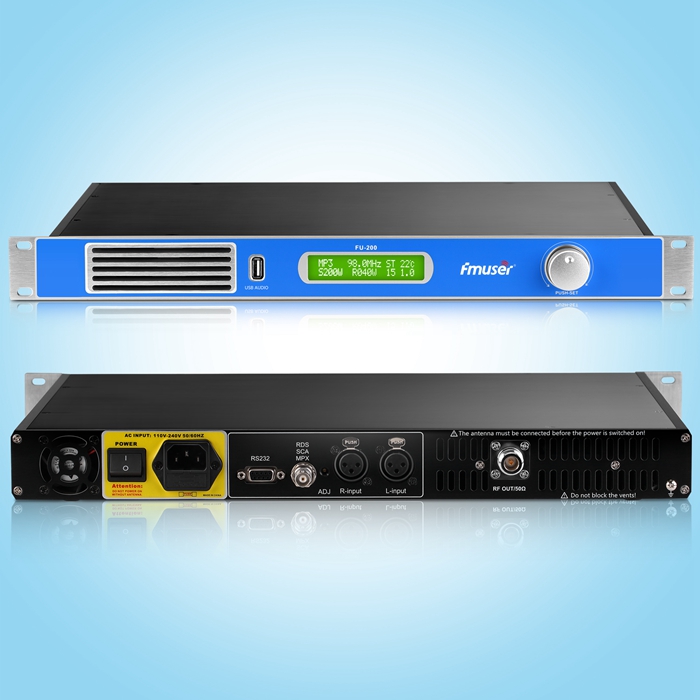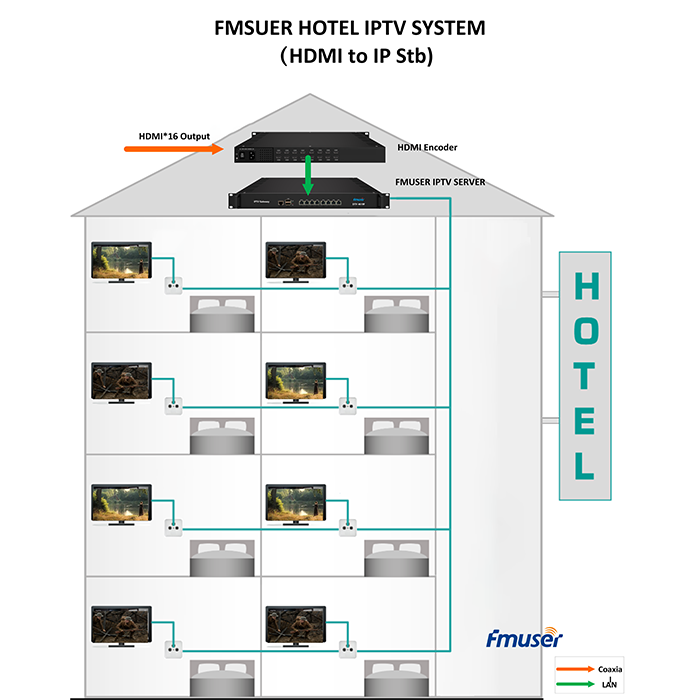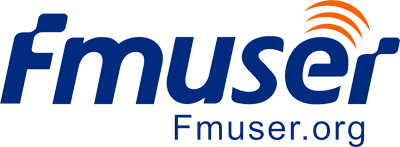ESP32-PICO-KIT V4 development board purchase address. 1882.>
"Luoxiao and lonely fly, the autumn water is a long day", this is a peaceful and long-distance, not like the poet of the Tang dynasty, and the future of the Internet of Things in the eyes of the author is just like this. Through all things, the wonderful scenes that can be realized are too much. For example, on the way home, just one instruction, the smart robots in the family can prepare a hot dinner for you, hot water put, The room temperature is adjusted to suit, and the moment is a warm home that greeted you. Of course, although the future is a foreseeable bright, but all the way is not so smooth, the Internet of Things has been tossing from the concept of concept to reality, and there is a good situation in today's situation.
Speaking of the contribution to the Internet of Things, I have to mention the domestic Le Xin, especially in recent years, its ESP8266 WiFi module is named at a superior cost performance, which is one of the most popular cost-effective WiFi solutions, although Also, there are many people to vomiting, but they don't cover their husbands; then, Le Xin has launched the ESP32 and increased its performance on the basis of ESP8266. It also integrates Bluetooth function; however, this is not today's protagonist, today It is said that Le Xin's latest ESP32 evolutionary ESP32-Pico-D4 is a module of a SIP package. It has further improved integration on the basis of ESP32, and even integrated 4MB SPI Flash, but the appearance looks still Like a IC, and the size is only 7mm * 7mm * 0.94mm, so you can save a lot of PCB space, especially for any space limited or battery-powered application, such as wearable electronic products, medical equipment, sensors, and others. IoT product.
ESP32-PICO-KIT V4 development board
This time, the official ESP32-PICO-KIT V4, which Lexin's officially launched WiFi development board ESP32-PICO-KIT V4, the thumb-size development board, the IO pin of the PCB edge is easy to evaluate and DIY, or Directly based on prototypes for secondary development.
Because the ESP32-PICO-D4 module is high, there are very few other devices on the board, and the circuit layout is also very simple. As shown in the figure below, the left to the right is antenna, ESP32-Pico-D4 WiFi module, 5V 3.3V output LDO, USB serial port chip CP2102, MicroSB power supply / serial port.
On the back of the board, there is only 2 rows of IO needles. It is worth noting that the original 2 * 20 pin, the board is only out of the 2 * 17 pin, of which the needle is not welded on both sides of the antenna, and the official meaning of Le Xin is to adapt from home. Board, and this pin interface of this 2 * 3 is also an interi-embedded SPI Flash connection interface. The lead pin interface includes PWM, ADC, DAC, I2C, I2S, SPI, and the like.
The hardware on the ESP32-Pico-Kit V4 is not a lot. We mainly look at the WiFi module of this ESP32-PICO-D4 SIP package. It can also be seen from the following figure, the module itself is very small, the appearance is similar to one IC.
ESP32-PICO-D4 integrated two Tensilica LX6 processors, 448 KB ROM, 520 KB SRAM (including 8KB RTC memory), 1KB EFUSE, 4MB SPI Flash. On WiFi connection, up to 150Mbps; Bluetooth, Bluetooth V4.2 BR / EDR and BLE. Software, support STATION / Softap / Softap + Station / P2p; WIFI security supports WPA / WPA2 / WPA2-Enterprise / WPA / WPA2-Enterprise / WPS, supports AES / RSA / ECC / SHA encryption; the entire development board can be upgraded by serial port or OTA .
ESP32-PICO-D4 SIP Other Specifications Parameters can be refer to the following table:
ESP32-PICO-KIT V4
To quickly become familiar with the ESP32-Pico-Kit V4 development board, practice is the best way, to burn a program to the development board, there are main four steps:
Establish tool chain
Connection plate with PC
Compile, download
View the startup of the program on the board
The applicability of the development tool of the ESP32 board is still very wide, the base is eating the mainstream system, Windows, Linux, MacOS.
Because Windows has no integrated "Make" environment, build development tool chains through the Windows should be the most complicated one, and it is easy to make mistakes, so the author will try this way, with the detailed tutorial of Lexin, you It will find that everything is very easy, exceeding the expected results.
Toolchain Settings Guide: https://esp-idf.readthedocs.io/en/latest/get-started/windows-setup.html
The official has a detailed understanding of the tutorial. This article is not more embarrassing. After the setting is completed, we can get ESP-IDF through the following command (this thing is Le Xin officially launched the Internet development package)
Git clone - gene's https://github.com/espressif/esp-idf.git
Set the ESP-IDF path, which is the IDF path change set after the system is restarted, and the setting file is under Profile.D.
Set the path downloaded by the ESP-IDF.
You can view whether the path setting is accurate by the following command.
Set detailed tutorial can be referred to:
Https://esp-idf.readthedocs.io/en/latest/get-started/add-idf_path-to-profile.html#add-idf-path-to-profile-windows
Connect the ESP32-PICO-Kit V4 development board and PC, which is mainly to install USB to serial port tools, which is very simple.
However, if you actually look at the serial port print, I found some questions that the author gets it, read the Flash error. It's really a bit worried that there is any problem in hardware. After all, this board is directly until you have not done other operations, so you can achieve correct start. Start through the official procedure of LOAD.
Le Xin provides a lot of official routines in the ESP-IDF IoT development package, which is also very convenient to use.
Take the Hello_World routine under Get-Started files as an example, set the serial port download method of the board via the make menuconfig command.
Compile download by Make Flash
It should be noted that the other serial view tool is to be closed when downloading, otherwise it will not be downloaded because the serial port is occupied. After the download is successful, it can view the output of the new downloader by reset, and the fact that the board is no problem.
Then, the author also tested two important functions on the ESP32-Pico-Kit V4 board, Bluetooth communication OK, but when I was running WiFi, I met a problem, I haven't resolved it yet, and I will continue to update.
summary
The Internet of Things creates the rise of many emerging entrepreneurs. Le Xin can use an ESP8266 module to change China's Internet of Things market, and further update ESP32-PICO-D4 further reduces the volume of WiFi / Bluetooth modules, more beneficial to apply Applications in various Internet of Things. In the face of the huge Internet of Things industry, Le Xin provides a complete set of flexible solutions, whether it is WiFi chip, Bluetooth chip, or WiFi + Bluetooth two-in-one, providing simple, fast and efficient Internet of Things application development platform. This is very tempting about space-sensitive Internet of Things products.
ESP32-PICO-KIT V4 development board purchase address. 1882.>
Our other product:


